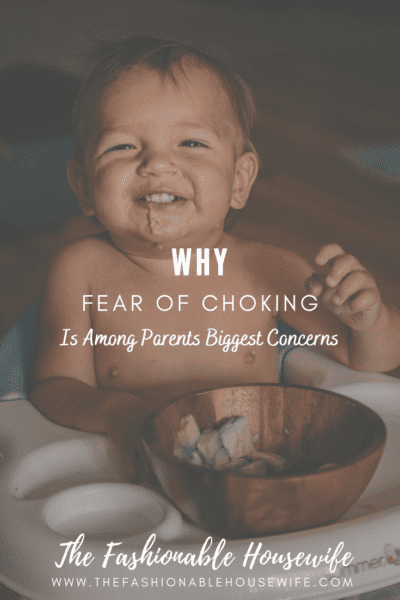
New Anti-Choking Device
Can Ease Worries and Save Lives
Being a parent of young children, especially first-time parents, is no easy task. And nobody outside of parenthood can understand. In today’s world, the fears have intensified. Parents fear of exposing their children to COVID-19. They fear sending them to school, or over to a friend’s house for a play date or sleepover. Other fears, like their children growing up in an unsafe, unsteady community, are growing by the day. Fear of bullying or being attacked is also making its way up the list of worries. These are all in addition to traditional fears like kidnapping or being involved in an accident.
A choking child is one of the scariest things you may face as a parent. It is advisable, almost necessary, for parents to take first aid and CPR courses yearly. Knowing what to do in the event of a choking child could not only save your child’s life but the lives of other children. Choking is feared because of its unpredictability, even if you’ve safeguarded your environment. Even the most vigilant parents who cut their kids’ food into tiny pieces, and who never let them play with small toys, cannot eliminate the risk. For many parents, it’s that lingering, back-of-mind thought of choking that keeps you up at night.
Choking can happen at any time, at any age, and in any place. Most children choke on toys or food, so knowing what items your child has access to is job number one. Being certified in first aid and CPR is job number two. Lastly, it is advisable to look into new, anti-choking devices to have around the house, in your car, or your purse/baby-bag.
Mentally & Physically Preparing Yourself
Knowing what to do is half the battle. The other half is being confident in applying what you know when faced with a scenario where a child may be choking. First, know the signs. Wheezing or gasping for air, face turning blue, grabbing at the throat, inability to cry or talk are all signs of a choking child. As you wait for paramedics to arrive, start CPR. Move the child to the floor and take out any visible objects. The following are steps provided by the American Red Cross:
- Open the airway. With the child lying on his or her back, tilt the head back slightly and lift the chin.
- Check for breathing. Listen carefully, for no more than 10 seconds, for sounds of breathing.
- Deliver two rescue breaths if the child or infant isn’t breathing. With the head tilted back slightly and the chin lifted, pinch the child’s nose shut, make a complete seal by placing your mouth over the child’s mouth, and breathe into the child’s mouth twice.
- Give two rescues breathes and repeat until the paramedics arrive
For parents of younger toddlers and pre-school aged children, the visceral fear of a child choking on food or a toy falls into the category of a parent’s biggest fear. Fortunately, there are many innovative products available to help ease fears and help safeguard against situations that may harm your child. From nanny-cameras to Amber Alert GPS modules, keeping children safe seems more comfortable with all the available technologies. New devices are on the market that should ease parent’s fear of addressing the event of a choking child.
New Anti-Choking MedTech
Innovations in medical technology are breaking boundaries every day. One of the latest is anti-choking devices like DeChoker. The DeChoker is an airway cleaning device designed to remove objects from a person’s airways in the event of choking. Anti-choking devices should be used as a complement to traditional choking treatments, rather than an alternative. Anti-choking devices are easy-to-use, and it comes with less risk of injury to the choking victim. To help a choking child, simply apply the facemask over the child’s mouth and nose and pull back on a plunger. This action is noninvasive and not powered by batteries to create a powerful suction that removes the food or object, often clearing the airway within seconds. Anti-choking devices like the DeChoker are cost-effective and can easily be stored in a purse or baby bag.
For parents and childcare providers, being prepared in the event of a choking event should be handled with the utmost seriousness. Facing the fear of choking is something parents can overcome with knowledge, practice, and confidence. New anti-choking devices are becoming a must-have in family homes, daycares, and pre-schools. With many devices being cost-efficient, having one around in the event of an emergency is worth its weight in gold if it can assist in saving a child’s life.



